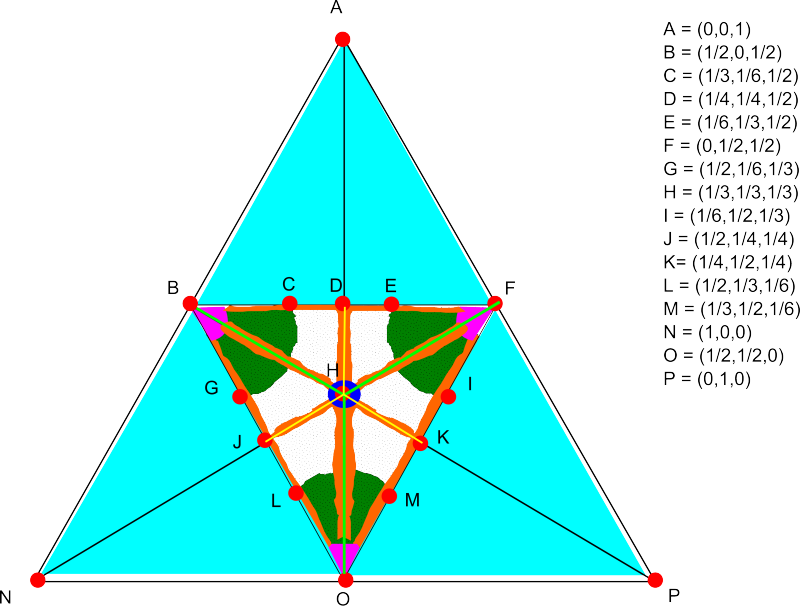This post is meant to propose and discuss a polymath project and a sort of polymath project.
I. A polymath proposal: Convex hulls of real algebraic varieties.
One of the interesting questions regarding the polymath endeavor was:
Can polymath be used to develop a theory/new area?
My idea is to have a project devoted to develop a theory of “convex hulls of real algebraic varieties”. The case where the varieties are simply a finite set of points is a well-developed area of mathematics – the theory of convex polytopes, but the general case was not studied much. I suppose that for such a project the first discussions will be devoted to raise questions/research directions. (And mention some works already done.)
In general (but perhaps more so for an open-ended project), I would like to see also polymath projects which are on longer time scale than existing ones but perhaps less intensive, and that people can “get in” or “spin-off” at will in various times.
II. A polymath-of-a-sort proposal: Statements about the Riemann Hypothesis
The Riemann hypothesis is arguably the most famous open question in mathematics. My view is that it is premature to try to attack the RH by a polymath project (but I am not an expert and, in any case, a project of this kind is better conducted with some specific program in mind). I propose something different. In a sort of polymath spirit the project I propose invite participants, especially professional mathematicians who thought about the RH over the years, to share their thoughts about RH.
Ideally each comment will be
1) One or a few paragraphs long
2) Well-thought, focused and rather polished
A few comments by the same contributors are also welcome.
To make it clear, the thread I propose is not going to be a research thread and also not a place for further discussions beyond some clarifying questions. Rather it is going to be a platform for interested mathematician to make statements and expressed polished thoughts about RH. (Also, if adopted, maybe we will need a special name for such a thing.)
____________________
This thread is not launching any of the two suggested projects, but rather a place to discuss further these proposals. For the second project, it will be better still if the person who runs it will be an expert in the area, and certainly not an ignorant. For the first project, maybe there are better ideas for areas/theories appropriate for polymathing.



